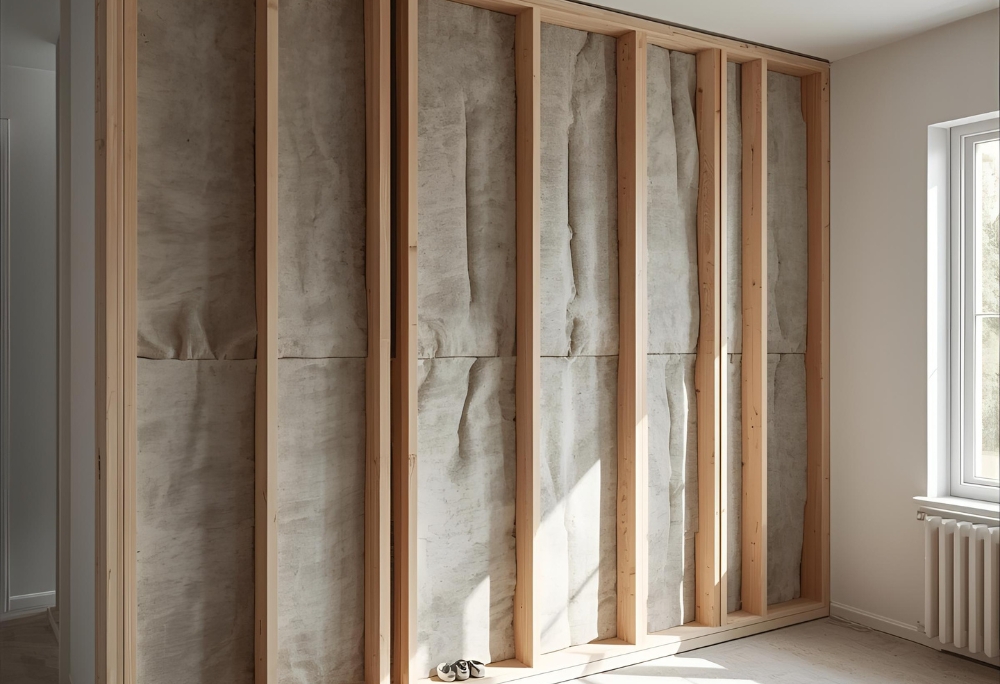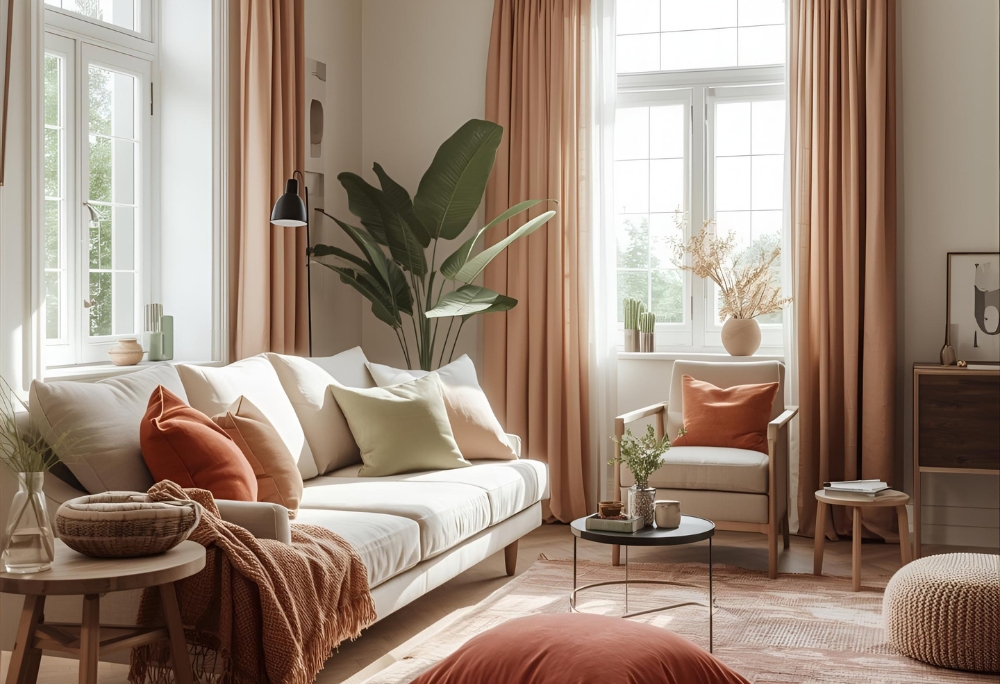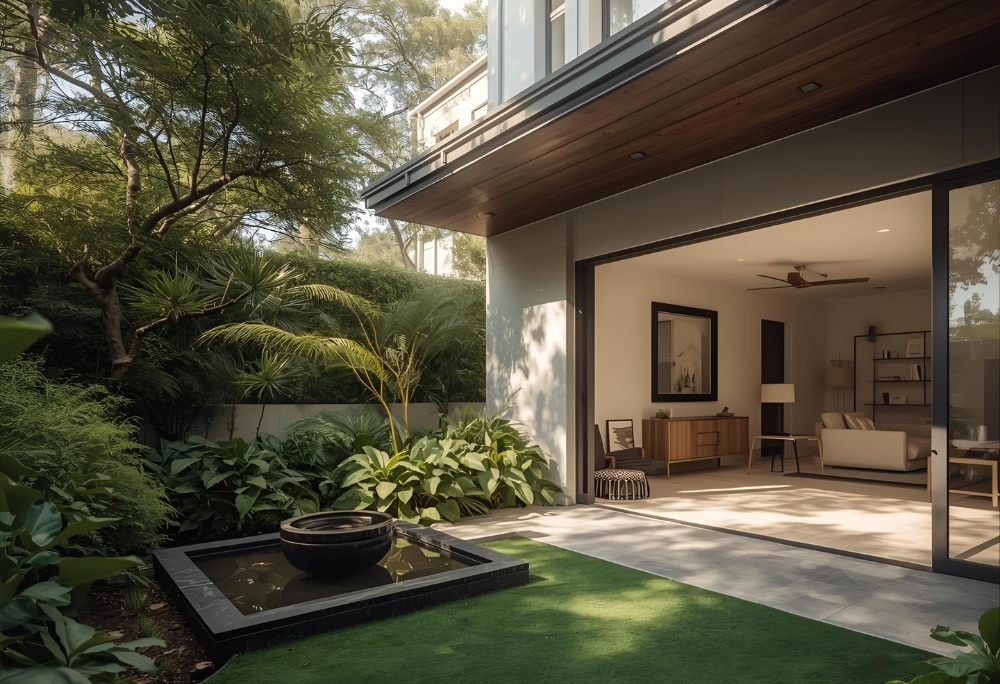Soundproofing for Wellness: How to Design a Stress-Free, Quiet Home
What if I told you that noise pollution could be quietly damaging your mental health?
That constant hum of traffic, your neighbor’s footsteps, or even the echo of your own voice—all these everyday sounds are impacting your focus, stress levels, and sleep quality. But don’t worry, I’ve got your back.
Today, I’m sharing simple soundproofing hacks that transform your home into a calm, restorative oasis — without turning it into a recording studio.
Let’s dive in! 🔇
When it comes to blocking out unwanted sound, insulation is your best friend.
Think of it as a cozy, soundproofing blanket for your walls and ceilings.
If you live in a busy neighborhood or an apartment, you know how much noise seeps through walls. Here’s how to fix that:
- Acoustic foam panels: Absorb echoes and reduce ambient sound.
- Double-glazed windows: Keep traffic noise out while maintaining temperature control.
- Insulated walls and doors: Add density to block external sounds effectively.
Insulation doesn’t just lower noise—it also improves energy efficiency and creates a calmer atmosphere overall.

2. Sound Diffusion vs. Absorption—Finding the Balance
There’s an art to creating peaceful acoustics. Too quiet, and your space feels lifeless; too loud, and it’s stressful.
Here’s the secret: find the perfect balance between sound absorption and sound diffusion.
- Absorption: Soft materials like rugs, curtains, and cushions absorb echoes.
- Diffusion: Harder surfaces like bookshelves scatter sound waves for balanced acoustics.
The goal is to create a space that both feels good and sounds good.
3. Soft Furnishings—The Overlooked Sound Hack
If insulation is the heavy hitter, soft furnishings are your silent MVPs.
- Rugs and carpets: Instantly soften echoes and footsteps.
- Wall tapestries or fabric panels: Add character and absorb mid-range noise.
- Thick curtains: Block street sounds while making the room cozier.
They’re renter-friendly, budget-friendly, and incredibly effective. Plus, they make your home feel more layered and luxurious.

4. Bring in Good Noise with Natural Sounds
Not all noise is bad — some sounds can actually heal.
Natural sounds like rustling leaves or flowing water help regulate your nervous system and reduce cortisol levels. Try:
- Tabletop water features: Add soothing movement and sound.
- Indoor plants: Absorb sound and clean the air.
- Outdoor soundscaping: Position windows or patios near gardens to capture gentle natural sounds.
Integrating biophilic elements supports both acoustic comfort and mental wellbeing.
5. Real-Life Examples of Stress-Free Acoustic Design
Let’s see how designers create serenity through sound:
- Courtyard Homes: Inner gardens block street noise while adding calming natural sounds.
- Meditation Corners: Combine fabric, water, and wood for mindful acoustics.
- Acoustic Living Rooms: Mix soft textiles and bookshelves to balance sound naturally.
These ideas work in any home, whether you live in a city condo or a quiet suburb.

BONUS TIP: Instantly Improve Acoustics
Here’s my favorite instant sound hack: bookshelves! 📚
A filled bookshelf acts as a natural sound diffuser, breaking up echo and absorbing mid-range frequencies.
Hardcovers, paperbacks—it doesn’t matter. The uneven surfaces help scatter sound beautifully.
Bonus: it looks stylish and intellectual at the same time.
Why Noise Control Matters for Your Health
Excessive noise triggers stress hormones, disrupts sleep, and affects focus. Creating a quiet home isn’t just about comfort—it’s about mental health, productivity, and emotional balance.
Even small soundproofing upgrades—like thicker curtains or rugs—can significantly reduce stress levels and help you feel more grounded at home.
💡 Your Turn: What kind of noise drives you the craziest at home? Share it in the comments — I’d love to help you find a design solution!
📩 Subscribe for weekly tips on creating healthy, peaceful, and beautifully designed homes.
